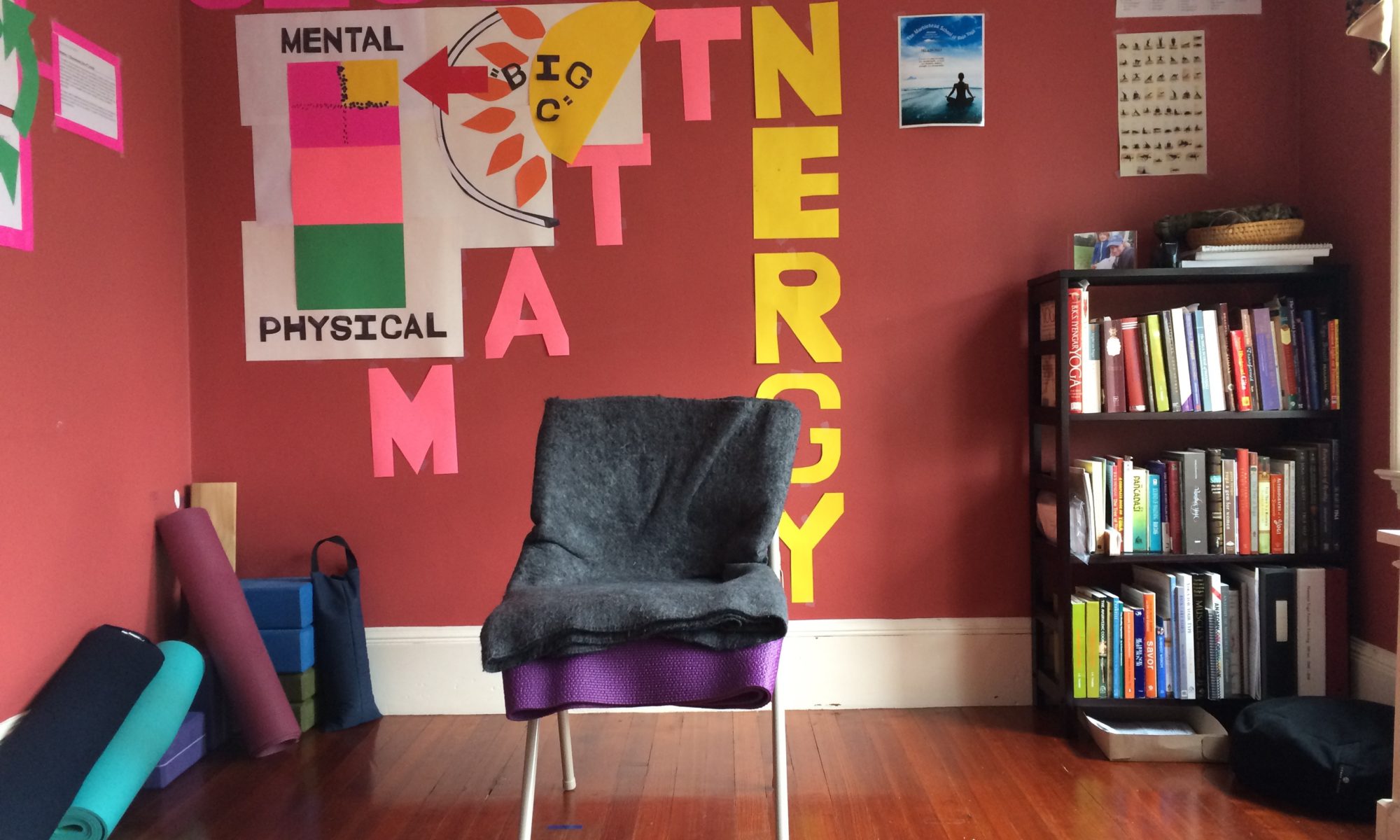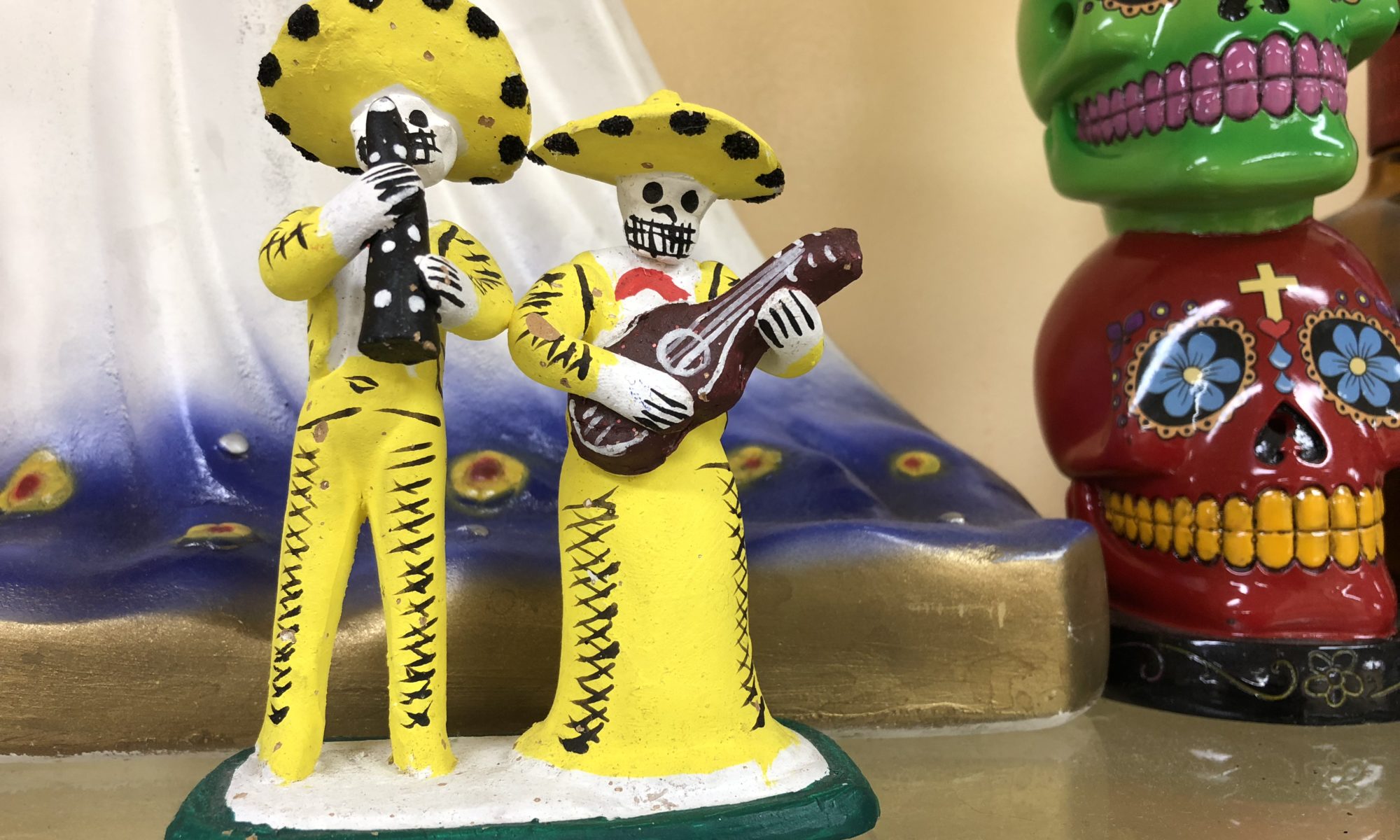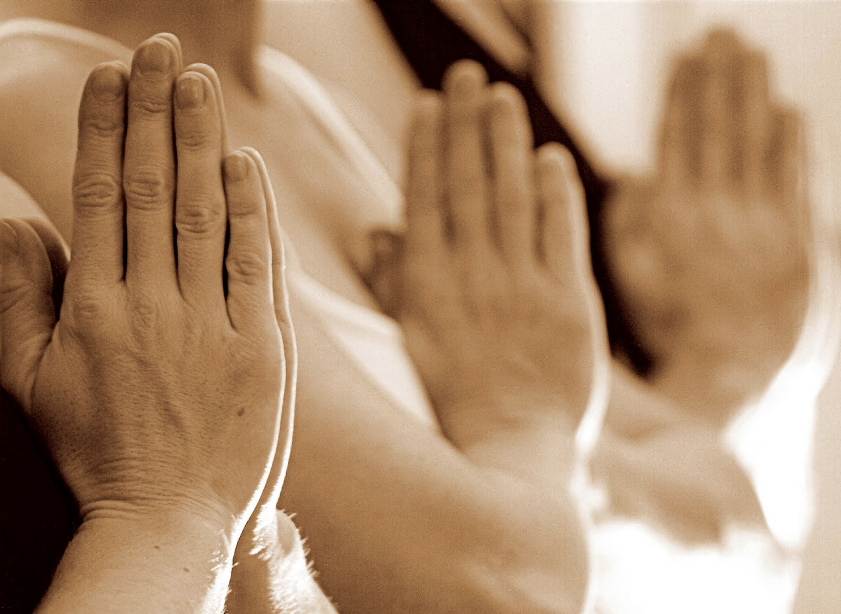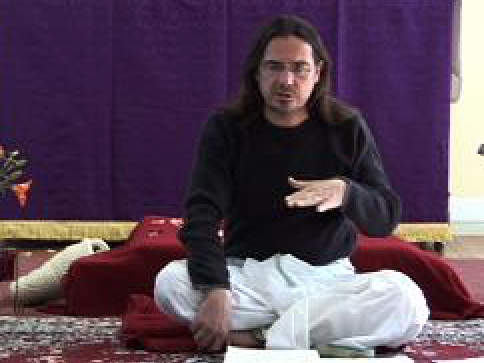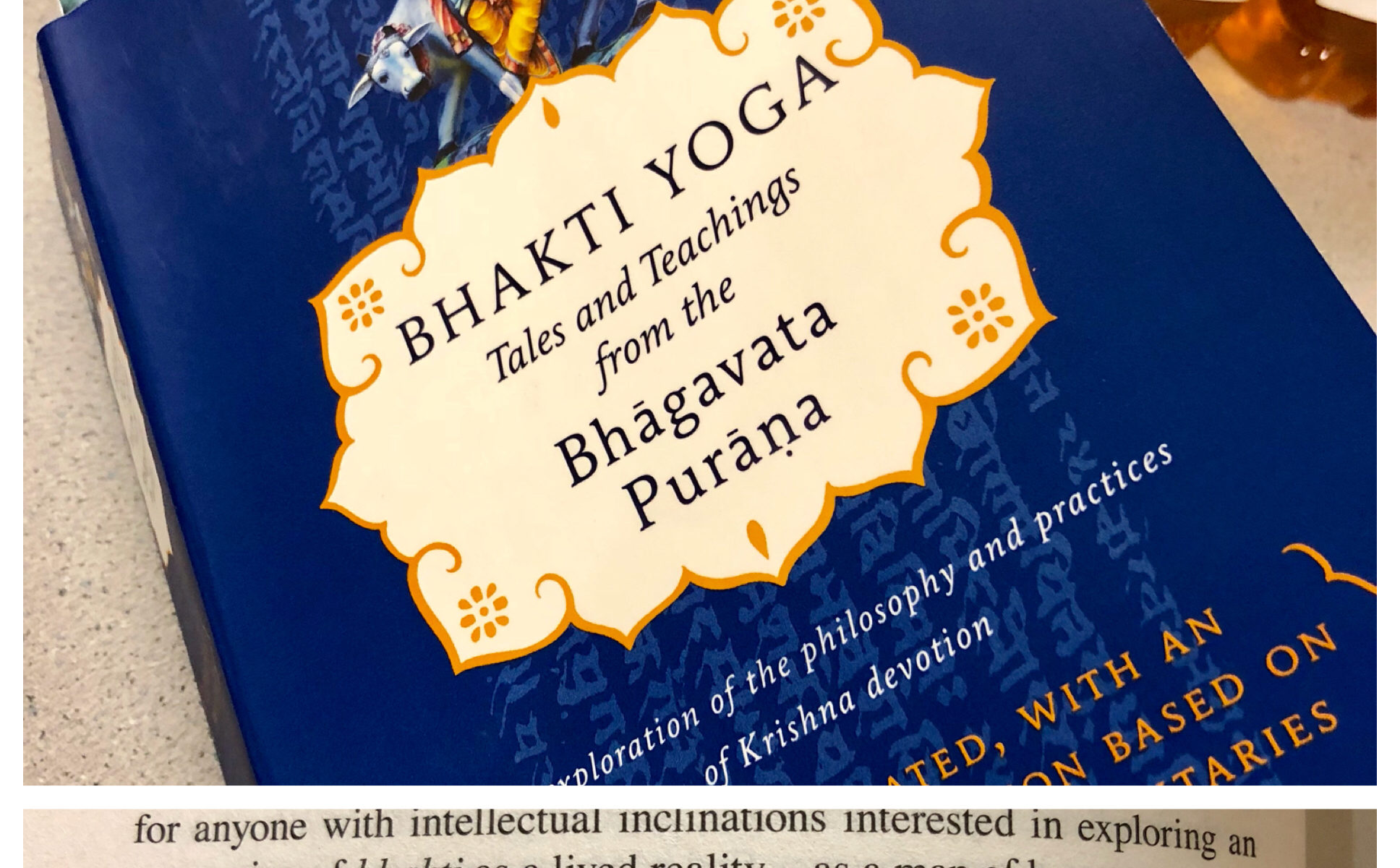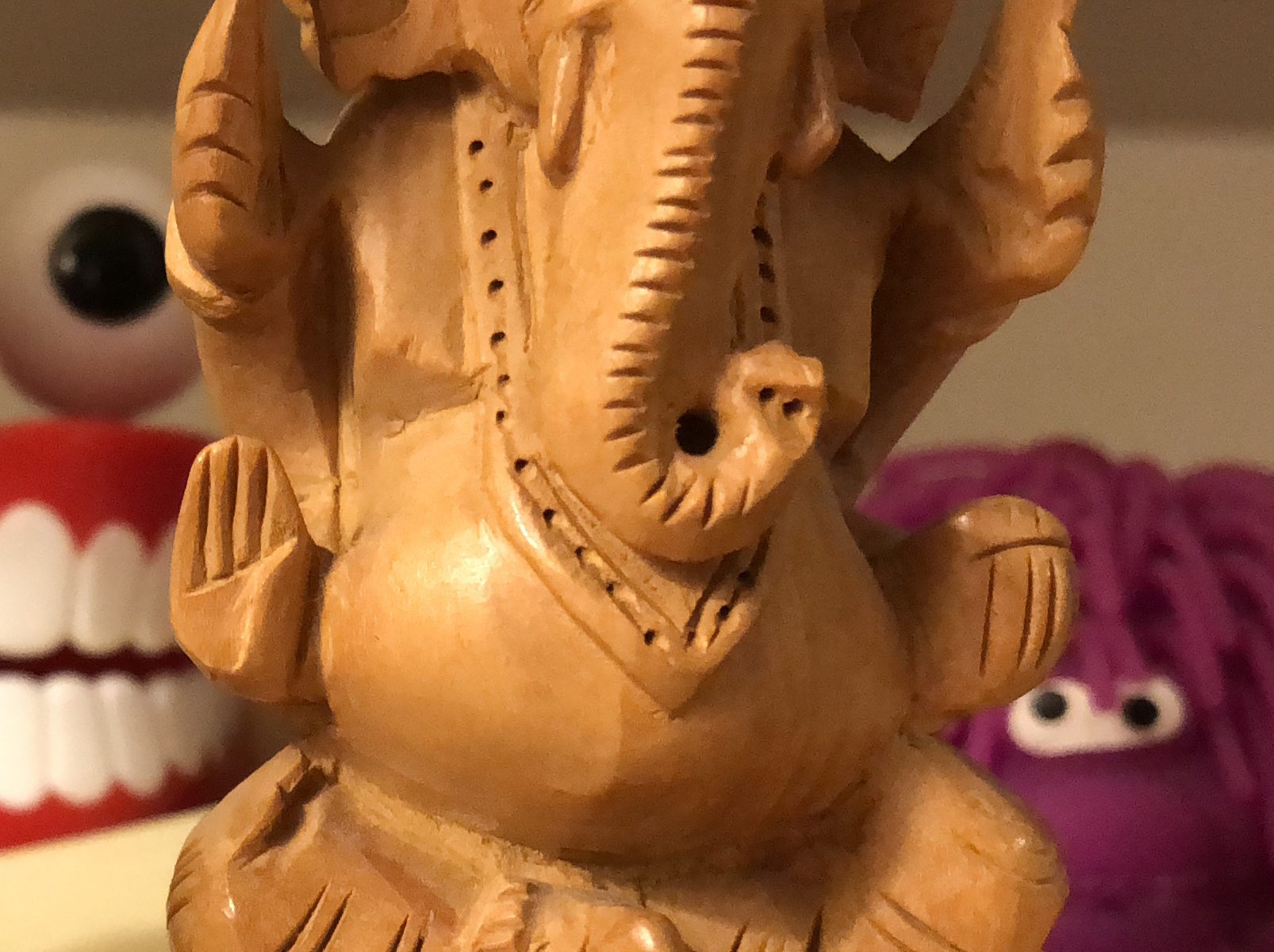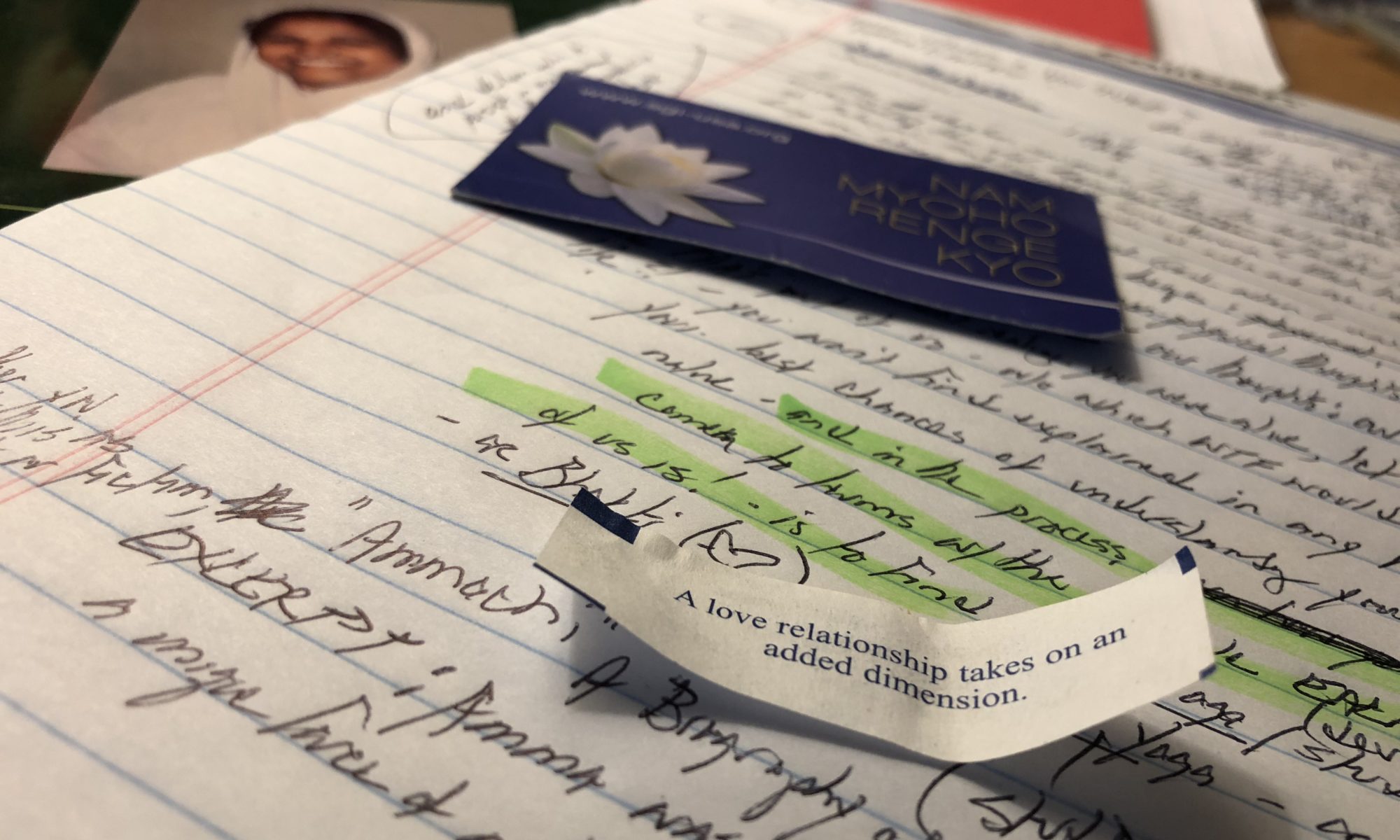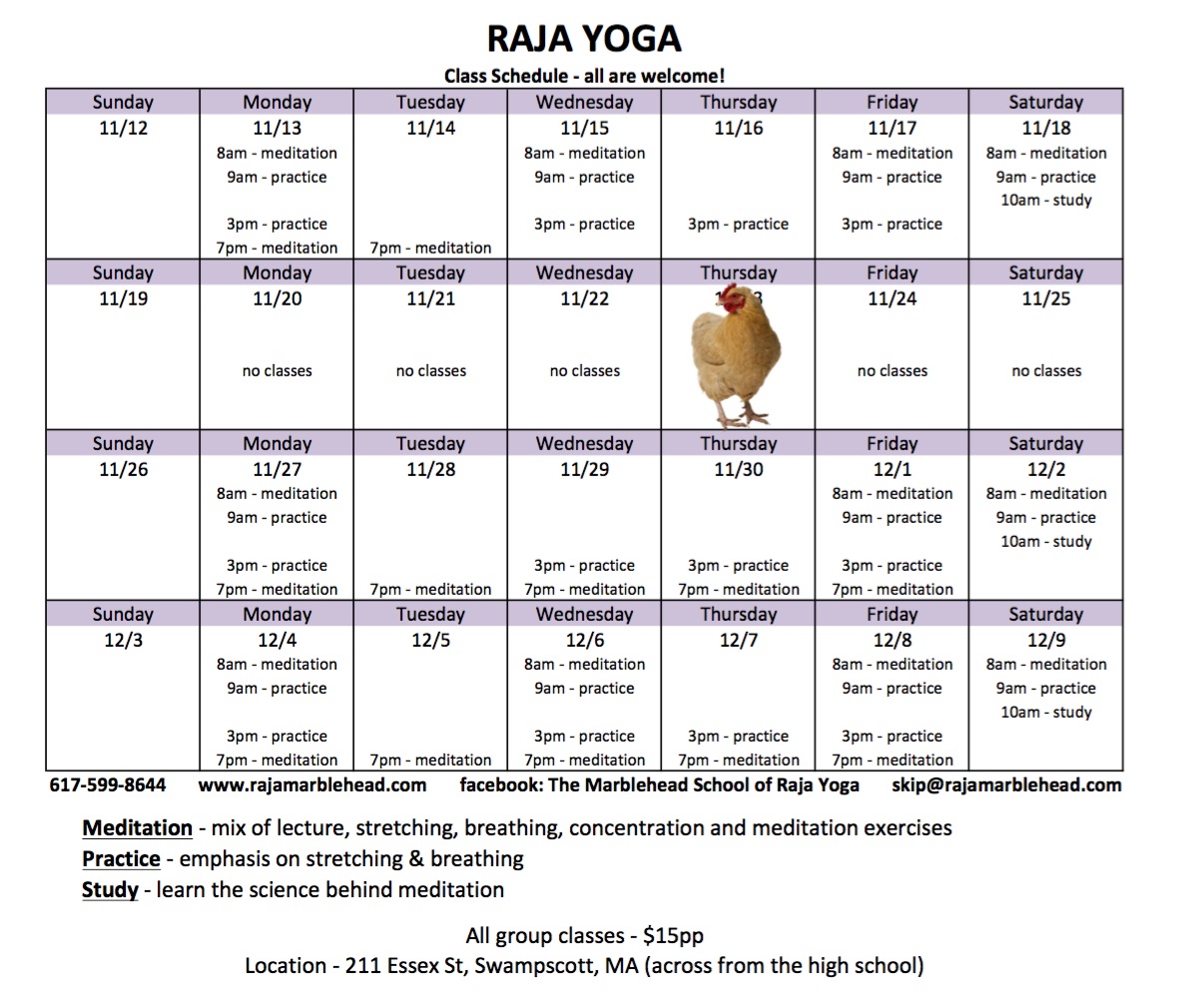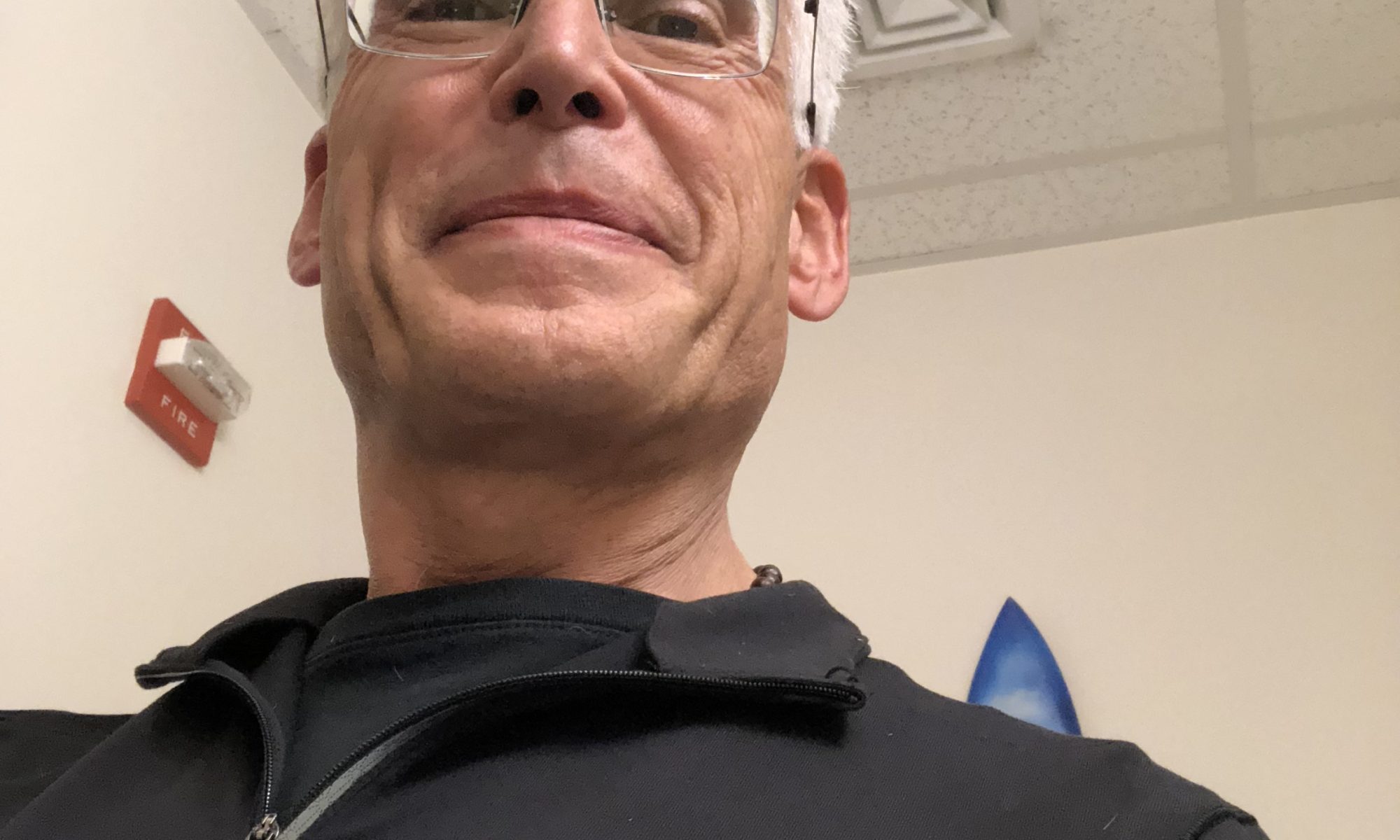Raja Yoga, the science of meditation, is a selfless expression of worship, love and devotion. It originated several thousand years ago replacing the concept of “external” sacrifices to appease the Divine. In this context, the Divine is the source of our consciousness.
My teacher says that I’ll be more compassionate when I accept the pain and suffering fueling my anger. But it runs deep, and it masks an even deeper pain.
I feel like a wounded lion. I want to shred and devour something. That’s a LOT of negative energy but I know she’s right.
WHAT’S NOT HELPFUL
Ahimsa (the absence of violence) is the first of Raja Yoga’s ten rules of personal conduct and therefore the most important.
Directing my negative energy toward others, even passive-aggressively in the pursuit of justice, is not yogic. If I’m not practicing self-awareness and exercising self-restraint/control I’m not practicing what I teach.
TECHNICALLY SPEAKING
The tension between our conscious/thinking mind (the aspect we “hear”) and our sub-conscious/acting mind (the aspect that “runs the ship”) gives rise to the voice in our head.
Our sub-conscious mind stores sensation-triggering memories of virtually every thought (and by extension, experience) we’ve ever had. EVERY one. Including all of our fears and desires.
It’s no wonder our sub-conscious mind wants to be unburdened, to be heard, to vent!! It’s under a tremendous amount of ever-increasing stress – mostly through no direct fault of our own – and the unnaturally rapid pace of change in our environment is exacerbating the problem!
Our conscious mind doesn’t want to dwell on our unpleasant memories either, and the energetic interaction between the two aspects of our mind is like a game of “hot potato”, the stress from which manifests mentally and physically.
Eventually something more pressing comes along to occupy our mind and the negative energy associated with our unpleasant memories settles deep in our sub-conscious mind, but like a thorn under our skin, can become “infected” and irritated.
HOW
How do I tear down an invisible impenetrable wall, a sub-conscious mental construct that’s withstood 60 years of new and triggered net negative energetic thoughts? The invisible wall is a natural defense mechanism, created to avoid re-experiencing sensations associated with unpleasant experiences. If you’re human and live on planet Earth, that’s 50% of them. All our conscious thoughts – except when we’re being mindful or meditating – are either net positive or net negative.
By meditating….
When we meditate, we ask for nothing other than a closer connection with the Divine; expressing sincere appreciation “just” to be alive, and accepting and embracing whatever was, is, and will be.
HOW LONG
When we meditate, we patiently hold our conscious mind “open” and wait to become aware of sensations and images as they arise in our conscious mind. Eventually, we hope to compassionately and energetically accept even our deepest, darkest fears and desires.
Before that happens, our sub-conscious mind must feel relaxed and safe. That’s why we meditate in a safe, comfortable setting that we control, at a time and place of our choosing.
PATIENCE
Meditation builds patience – partially because of our sub-conscious mind’s limited ability to communicate (it communicates subtly, intuitively: in images and sensations – not words), but also because it’s naturally reluctant to re-experience our deepest fears and desires!
As we continue to meditate, lovingly accepting whatever our sub-conscious mind shares, our memories lose their energetic hold on us and become neutralized through a deepened, intuitive realization that neither the precipitating events, nor the memories thereof, affect our essence: our consciousness. [Note: consciousness, or the awareness OF our thoughts, is as distinct from our non-physical thoughts, as our thoughts are from our physical bodies. We are truly three-dimensional beings!]
Gradually, as we holistically embrace our self, and accept and absorb the negative energetic sensations associated unpleasant memories, they lose their ability to stimulate emotions – which affect our thoughts, which precipitate our actions.
MINDSET/INTENT
Meditating can be tremendously comforting when done in a self-nurturing, caring, and loving manner (e.g., with hands over one’s heart) with full recognition of the miracle we are (our energetic body and mind is virtually as miraculous as our intangible consciousness!)*
I like to think of witnessing the rise and fall of our sub-conscious mind’s contents as a grandparent might listen to a two year old granddaughter trying to form and express her thoughts: adoringly, patiently, reassuringly, lovingly. This is the part where we learn to love our self: to foster a state of heart and mind in which we can accept our anger, and unmask the deeper emotions, the consequence of an infinite number of net negative life experiences we all carry with us as memories.
MEDITATION = MIND CONTROL = WORSHIP
Patanjali’s Yoga Sutras outline a code of conduct, and physical and mind-control exercises intended to help realize our own true nature, and in so doing, find faith in the existence of God.
Patanjali’s Yoga Sutras are the source of the universal Serenity Prayer. The practice of Raja Yoga is a discipline in selflessness founded in faith, love and gratitude.
Amma says “Divinity is the essence of our consciousness.” Consciousness is what modern religion unassumingly refers to as our “spirit” or “soul”. Similarly, the rigorous, devotional discipline of meditation has became today’s act of prayer.
BENEFITS
While the real benefit of meditating is a closer connection with the Divine within us there are obvious physical and mental benefits as well. We develop a heightened intuition and deep sense of relief, calmness, stillness, acceptance and compassion.
God bless. If you love someone suffering with anger, addiction, anxiety or other emotionally triggered symptoms, refer them to a Raja Yoga school.
Blessings, Allan
* Some schools of thought and practice, including Qi Gong, hold that our energetic body/mind is equally as miraculous as consciousness. It’s hard to argue otherwise; however, there are practices (e.g., Raja Yoga, Qi Gong) which can be applied to the body/mind but not to our immutable consciousness – which arguably, makes the latter slightly “closer to God”. When we meditate, we’re essentially trying to “touch the Divine within our self”.
Class schedule.


